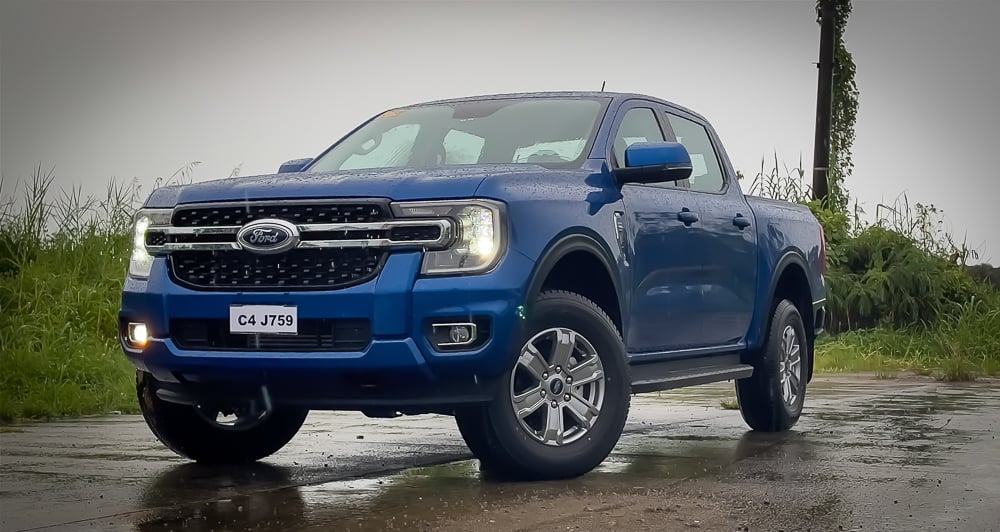
Owners of the Ford Ranger (T6) XLT loved it for all that it offers, and for being attainable compared to its peers. This was the reason why the XLT was one of the best-selling variants of the previous-generation Ranger.
When the next-gen Ranger was launched in the country last July, we were impressed. I never really got to see the XLT variant in the metal during the truck’s launch event. So other than having a general idea of how it looks, I was curious about the differences this had from the top models that I got to see.
A lot of the goodies have trickled down, even to the new lowest variant, the XL. With the lower and more affordable variants having extra features, I wonder if this generation’s XLT model still makes sense. I did find out the answer to that question when I tested one for a whole week.
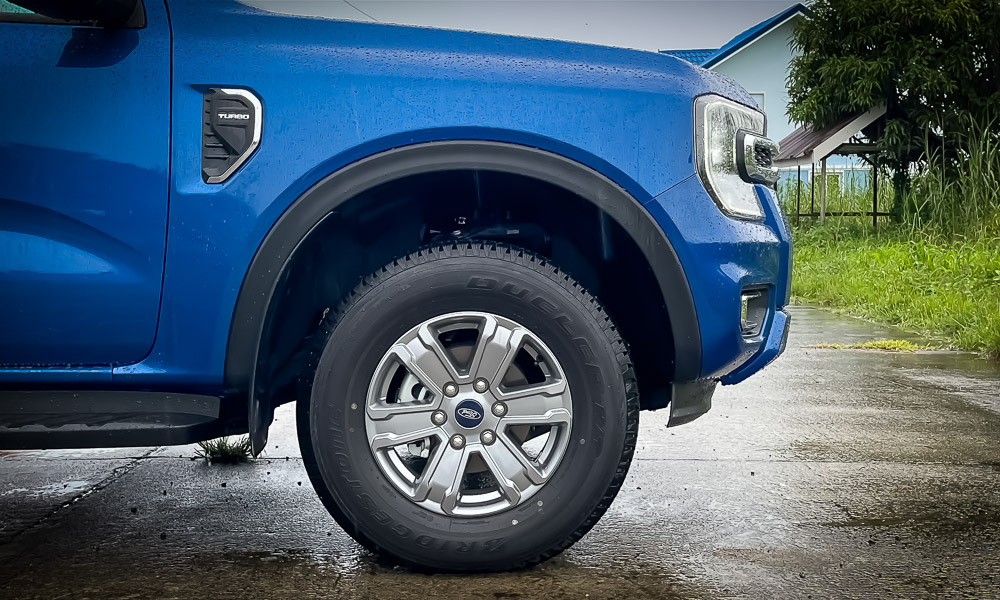
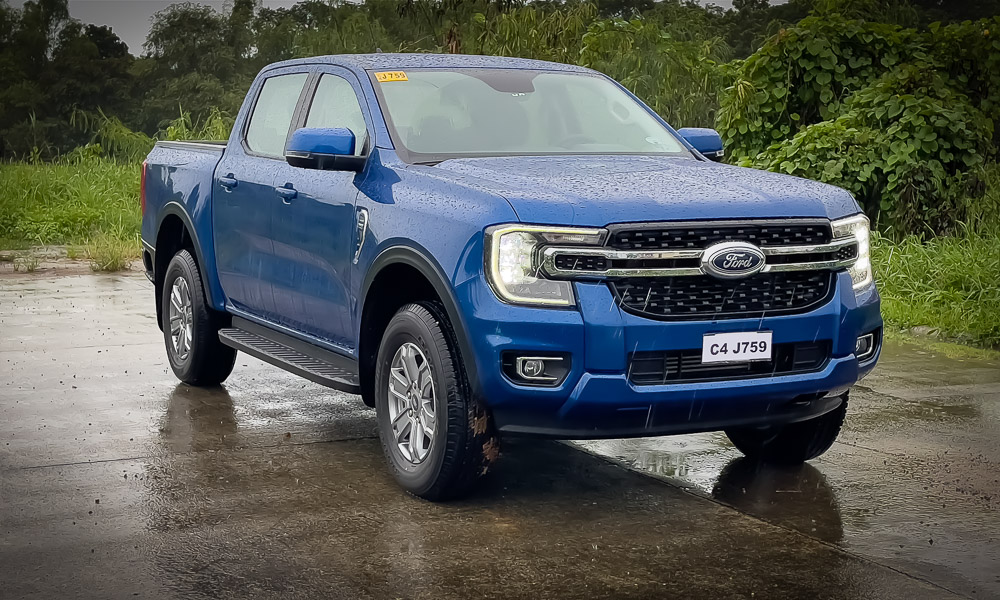
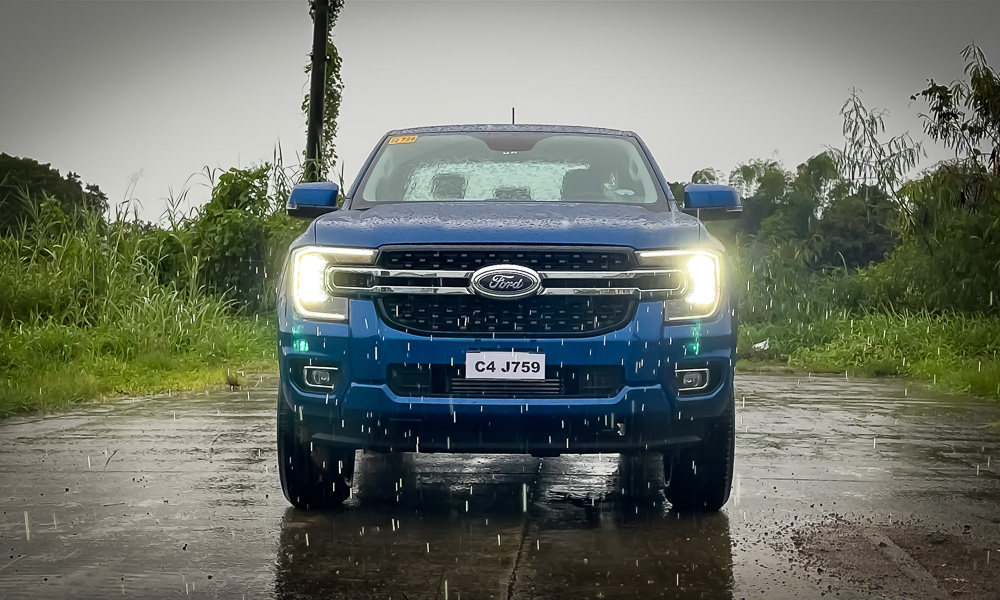
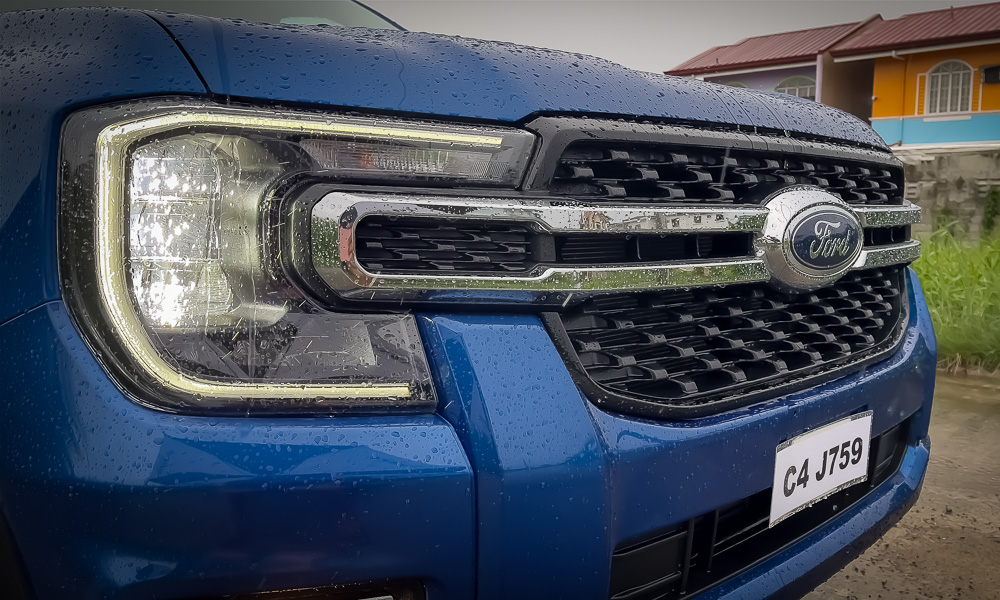
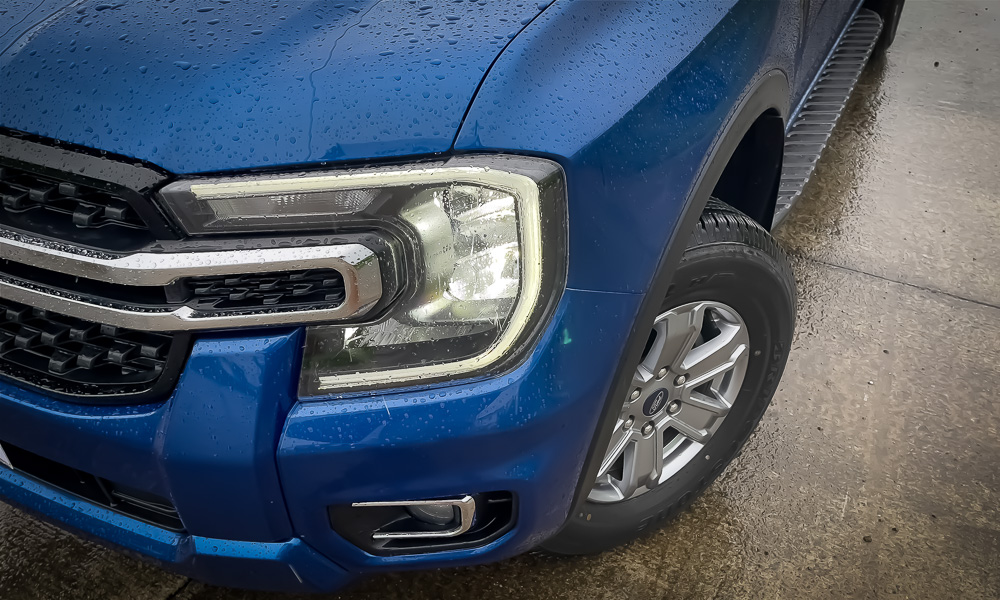
When I first saw it, I was relieved to find out that it looks quite fine. As I’m not a huge fan of bling on vehicles, I was pleasantly surprised to see that the chrome bits and pieces here are kept to a minimum. Save for the rectangular trim on the grille and the fog light accents, most pieces are either body-colored or black. This keeps the front clip look classy with a very imposing stance.
While I hated the faux grilles on the sides of the previous generation, the ones on the new Ranger are finally functional. The fender liners and the side step bar make the truck look tough, too. But I can’t say the same with the rim design, though. Don’t get me wrong, they’re not ugly or what. It’s just that the truck’s wheel wells beg for bigger rims and tires, which should be the first on a buyer’s list of possible upgrades.
Pickups are supposed to look quite the same at the back. But I like the new Ranger’s rear-end design. Other than the backing-up camera, there isn’t much to see here. I must say that the box steps found on the sides are a cool and practical touch. Sadly, despite its size, the middle-of-the-pack XLT variant doesn’t have parking sensors.
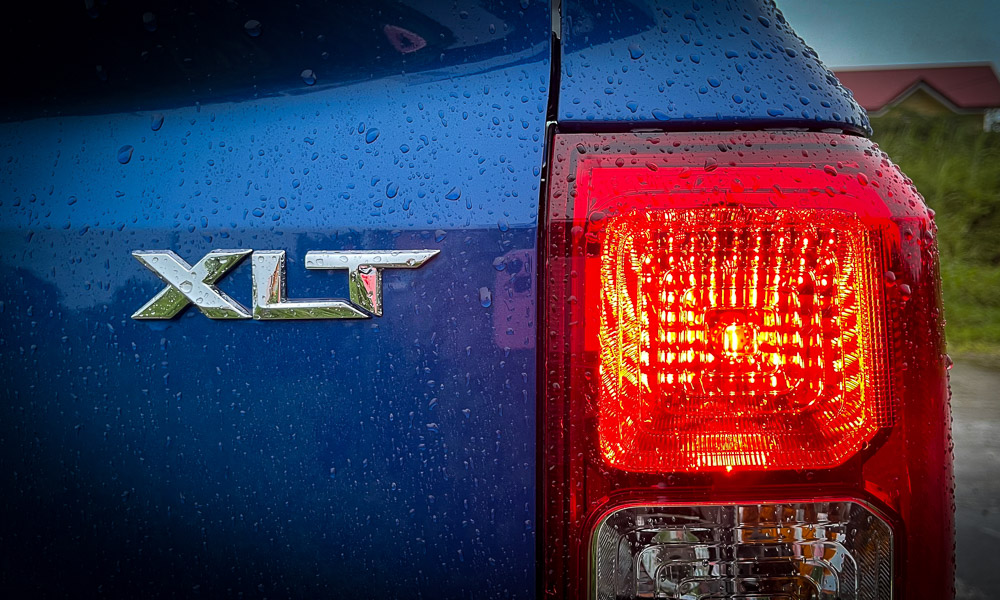
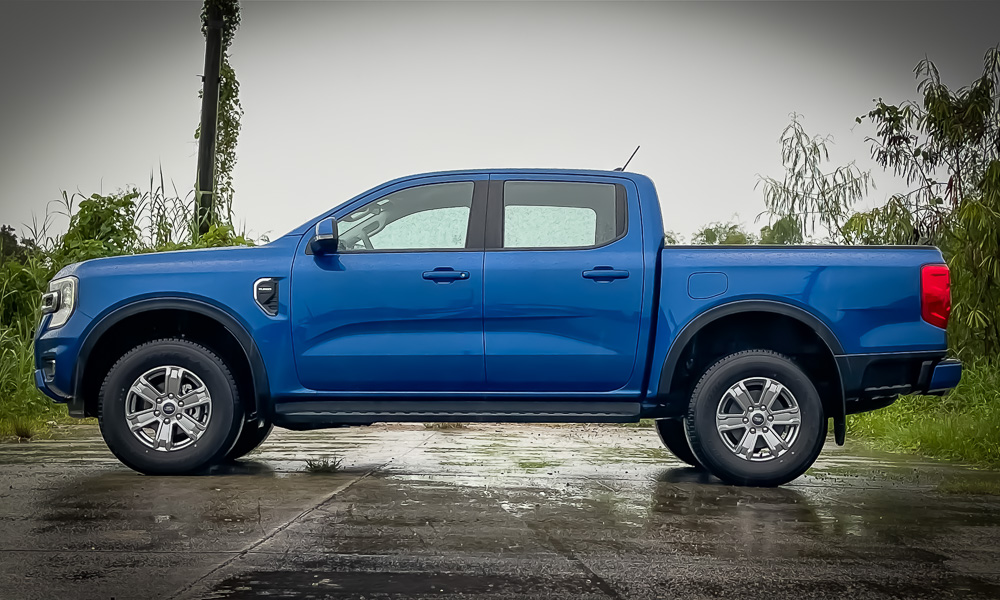
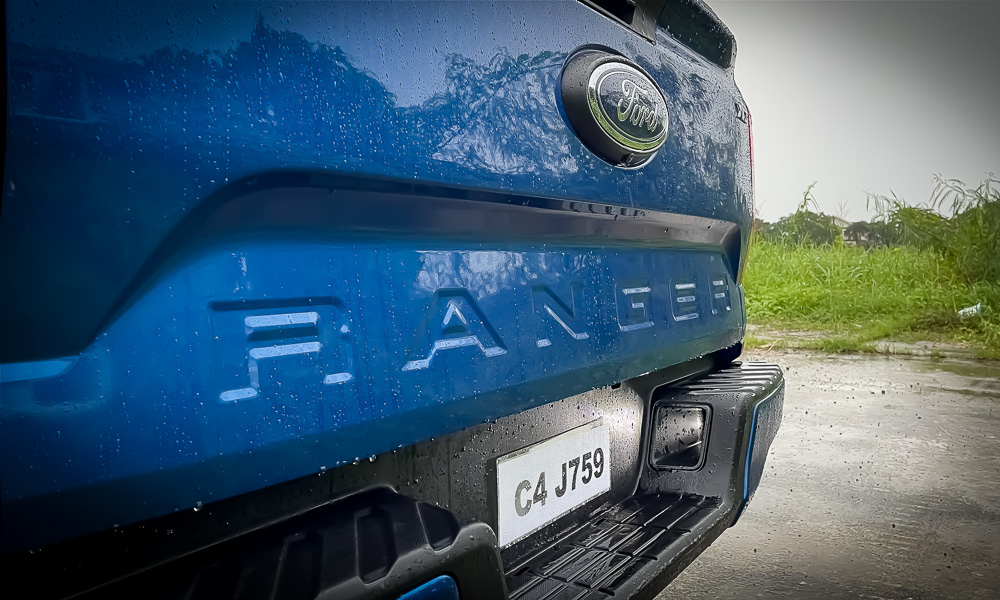
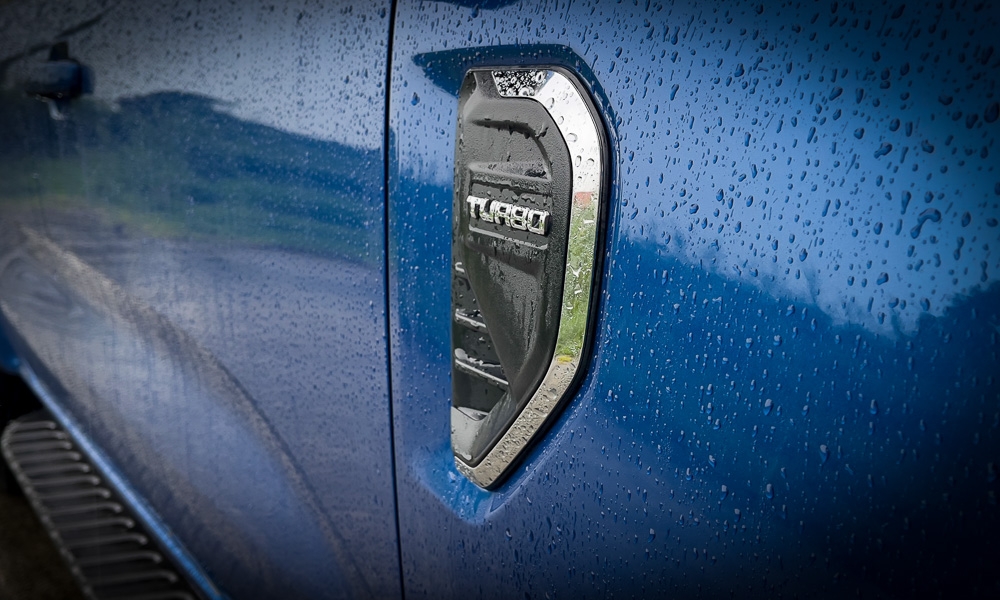
The huge bed will be an ace up a future owner’s sleeve. The smaller protrusion of the wheel wells allows it to gobble up more load, useful for those who regularly use their truck to haul stuff. Climbing up and down the bed area is easy. But the lack of a tailgate assist feature will make you exert more effort in opening or closing it. On the flip side, this should help you beef up the muscles in your arms.
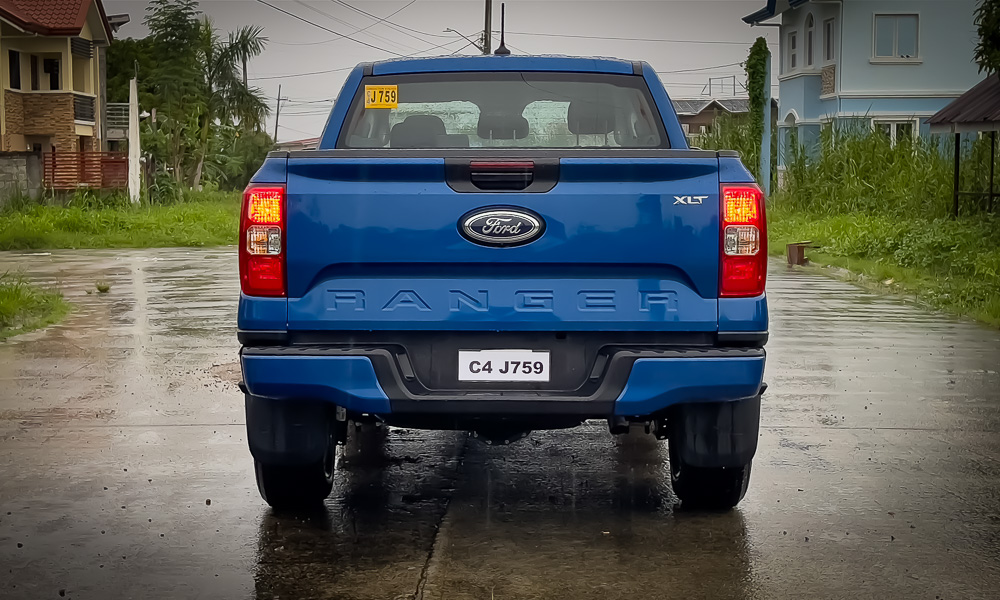
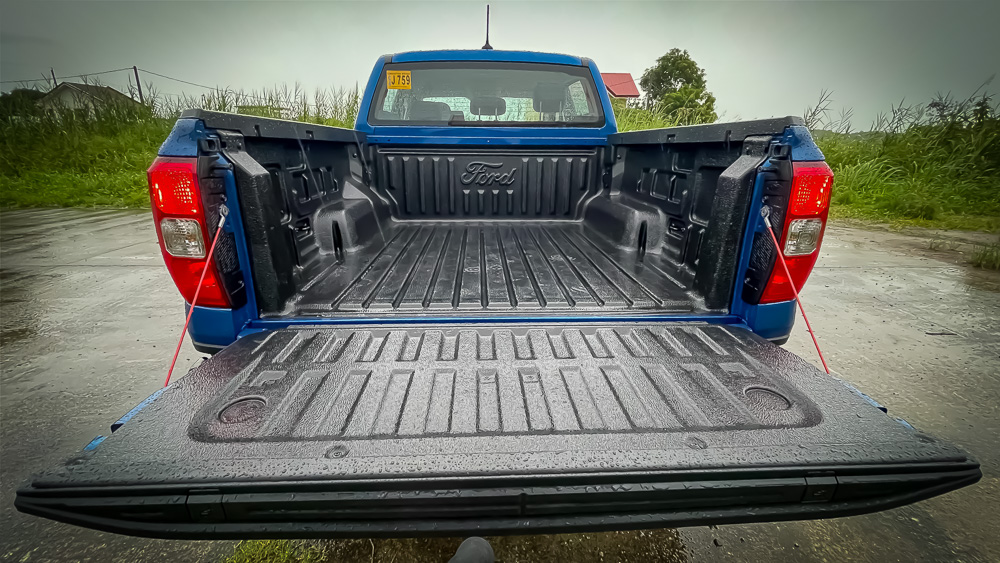
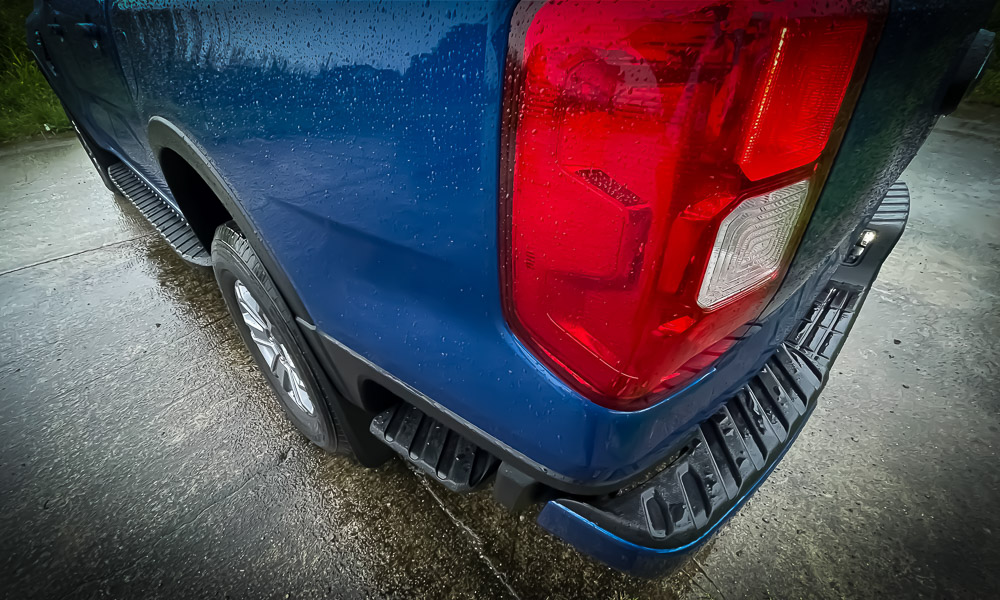
The interior has been made better, too. Everything was well within easy reach and where you expect to find them. I understand that some may sneer at the rather cheap-looking hard plastics used all around.
But this, dear reader, is a pickup truck after all. So manufacturers would naturally go with more hard-wearing materials for durability. If you want better trims on the interior, you can opt to get the Sport or the top-dog Wildtrak instead.
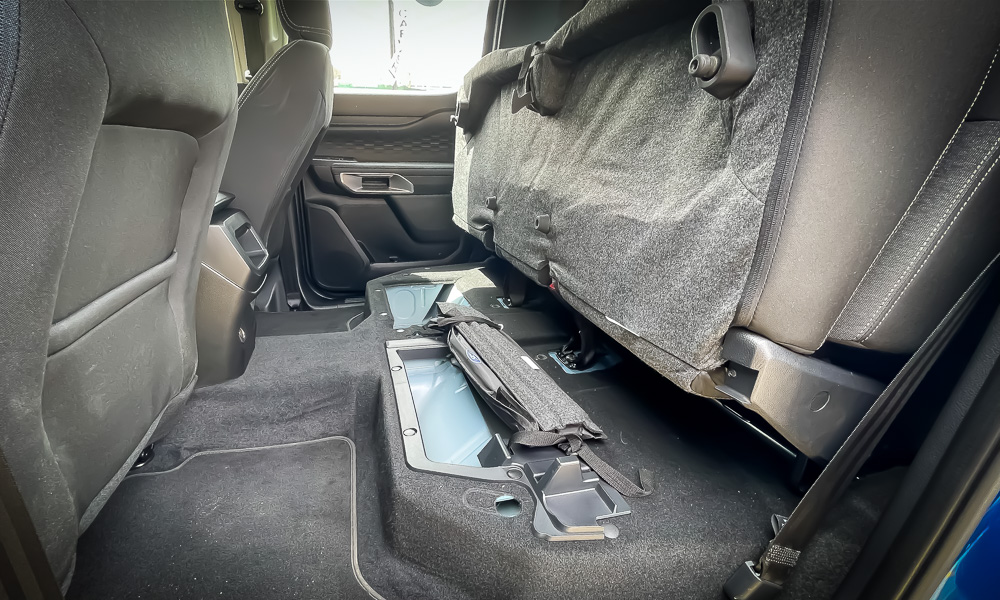
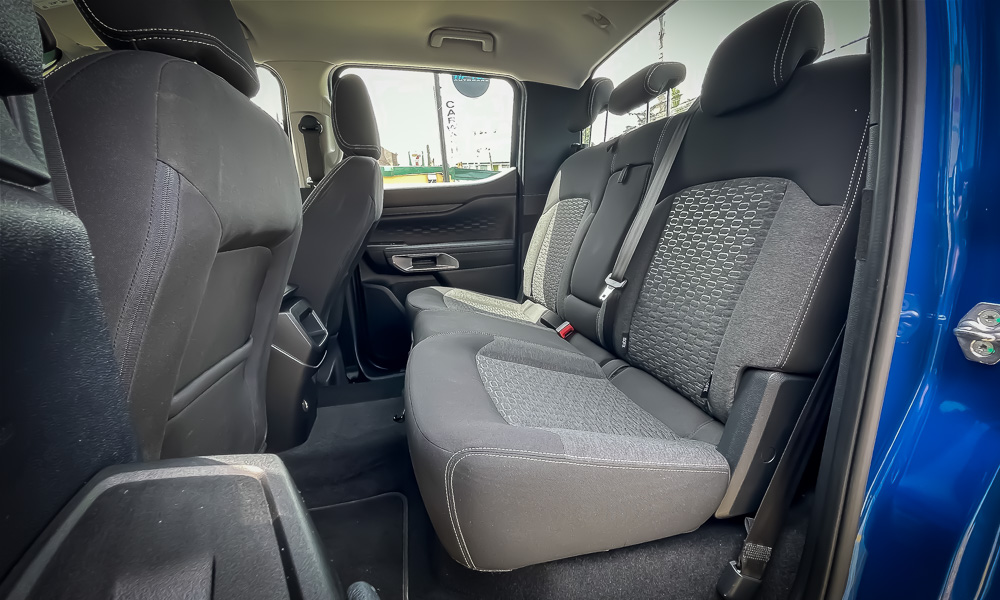
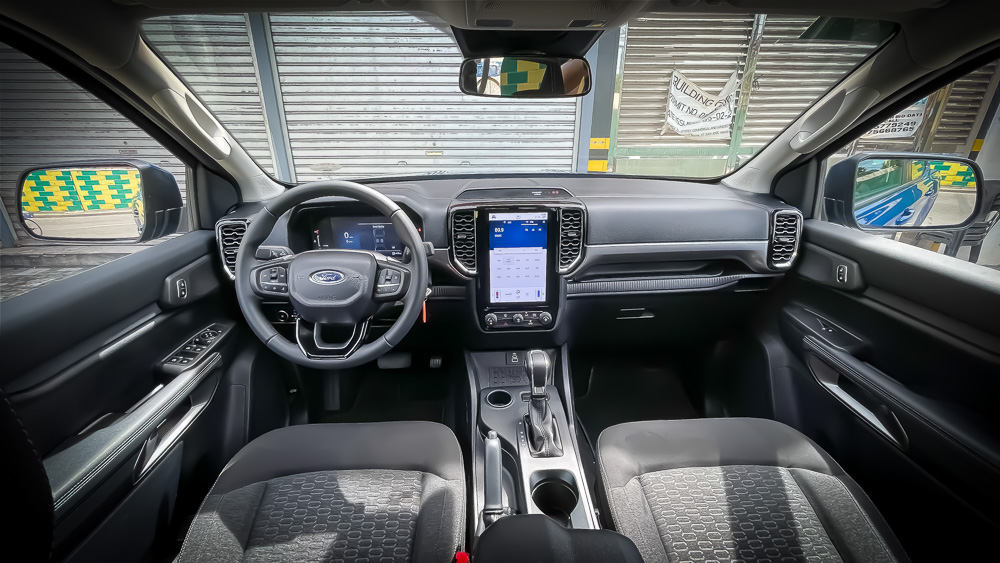
The seats are supportive, and the fabric material is perfect for our tropical climate. The biggest, attention-grabbing changes have to be the eight-inch digital instrument cluster, the 10-inch portrait infotainment screen (which the lower XLS and XL also have), and the wireless phone charger in the center console.
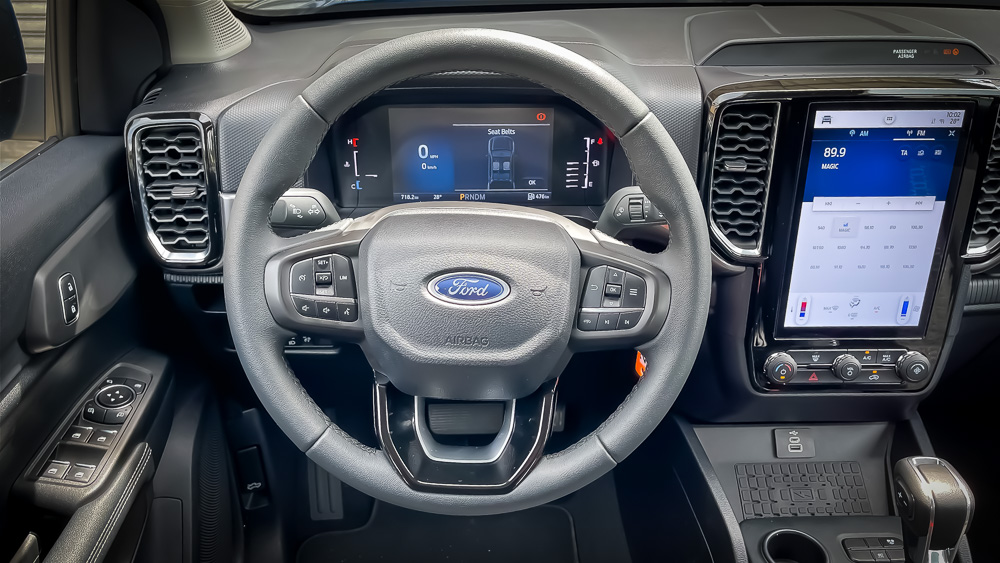
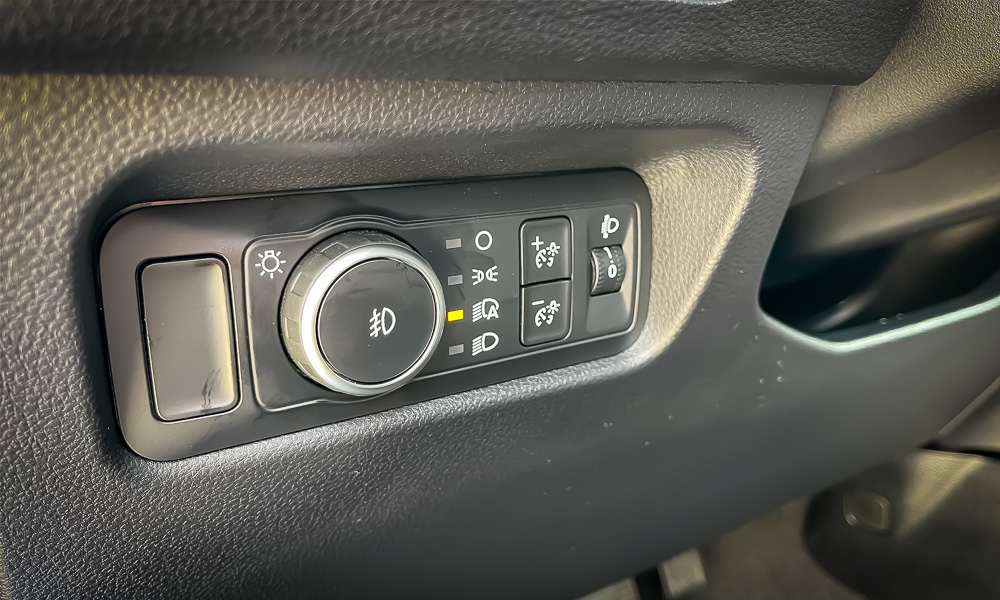
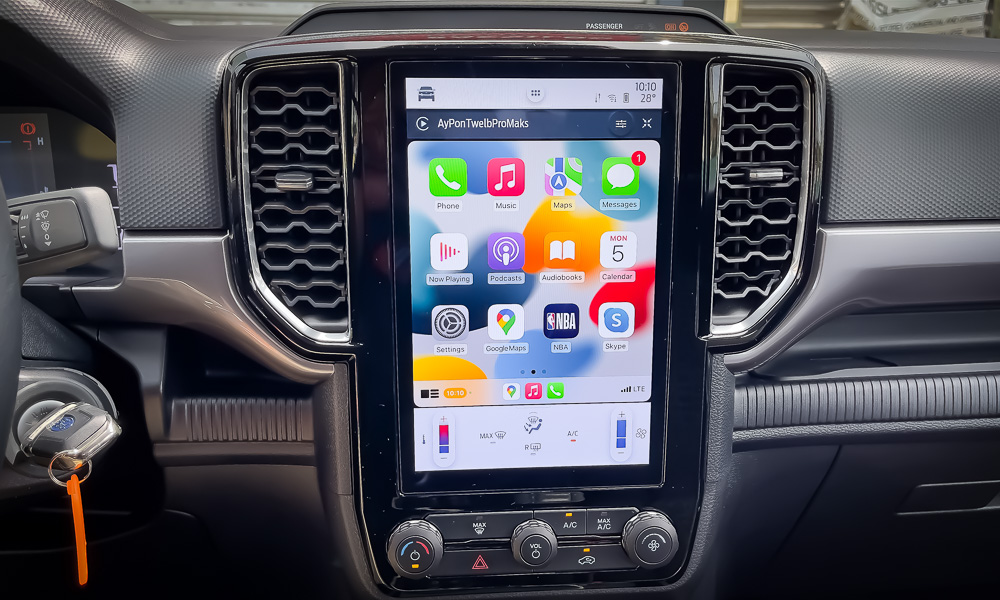
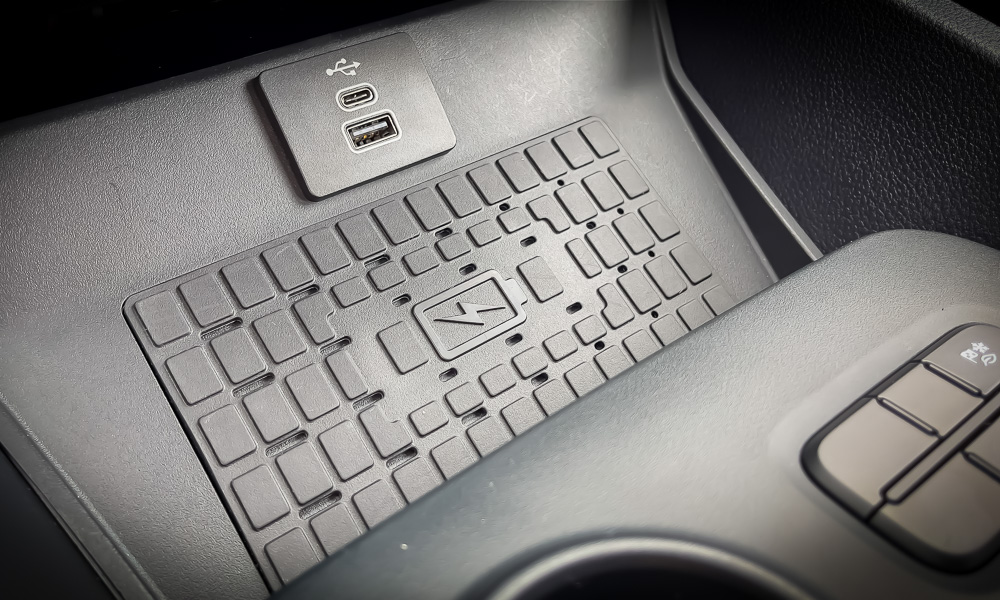
Speaking of the instrumentation, I wish Ford had made it a little more configurable. The new design of the door handles is nifty, but in the process, you lose four small cubbyholes that the old model used to have.
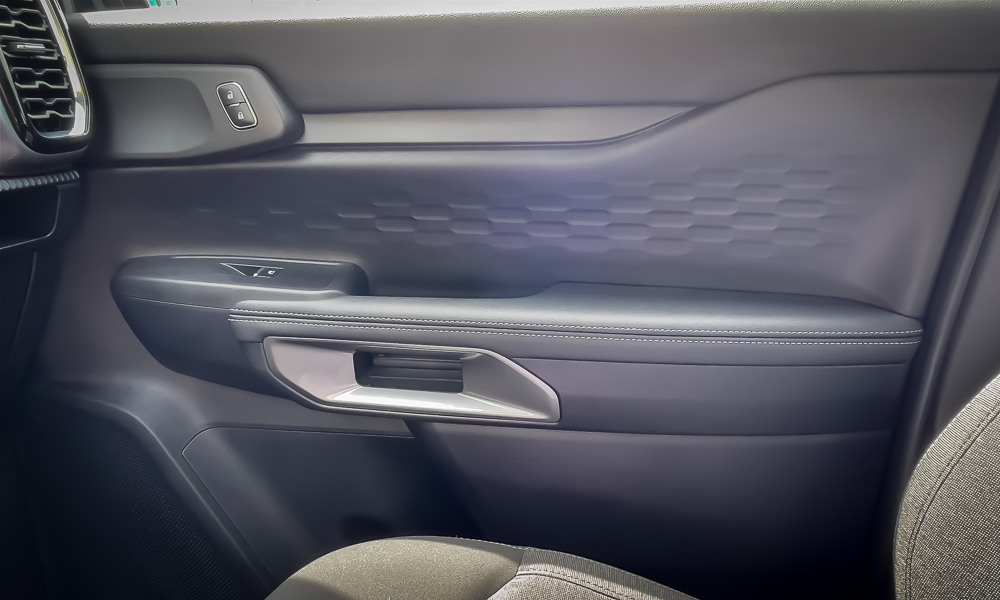
Not many features have been added to the XLT. Compared to the previous generation, the list of standard equipment is virtually the same. The only real new feature is the addition of side and curtain airbags. Which, to be fair, is something that most mid-grade pickups don’t have.
But the biggest improvement was done on the powertrain. While the 2.0-liter, four-banger single-turbo is still doing duty under the hood, it is now paired with a six-speed automatic transmission. Yes, the power figures are the same at 168hp and 405Nm. And the engine has a narrow power band, just like the old model. But thanks to the new transmission, the truck still feels quick off its feet.
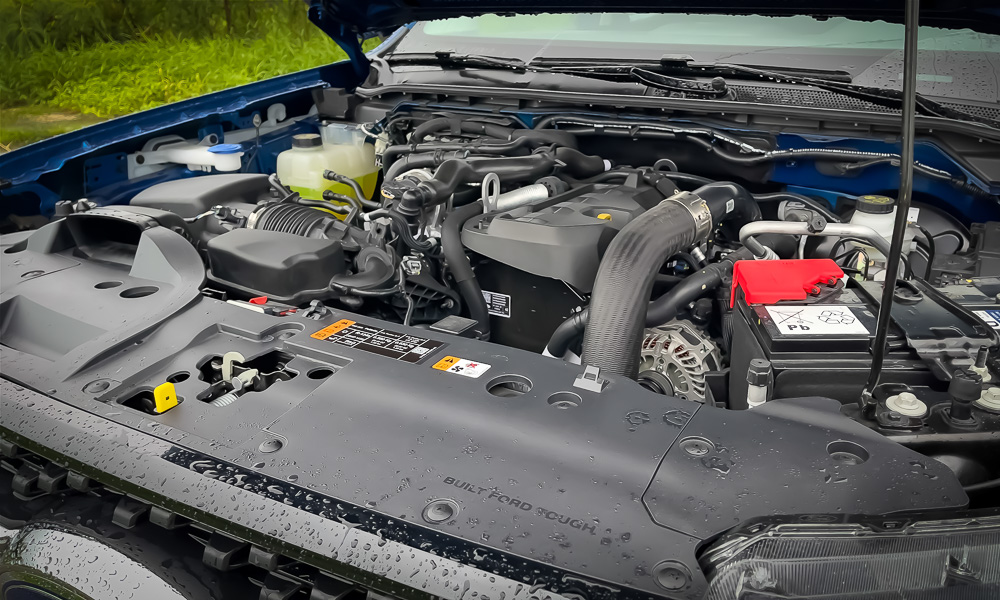
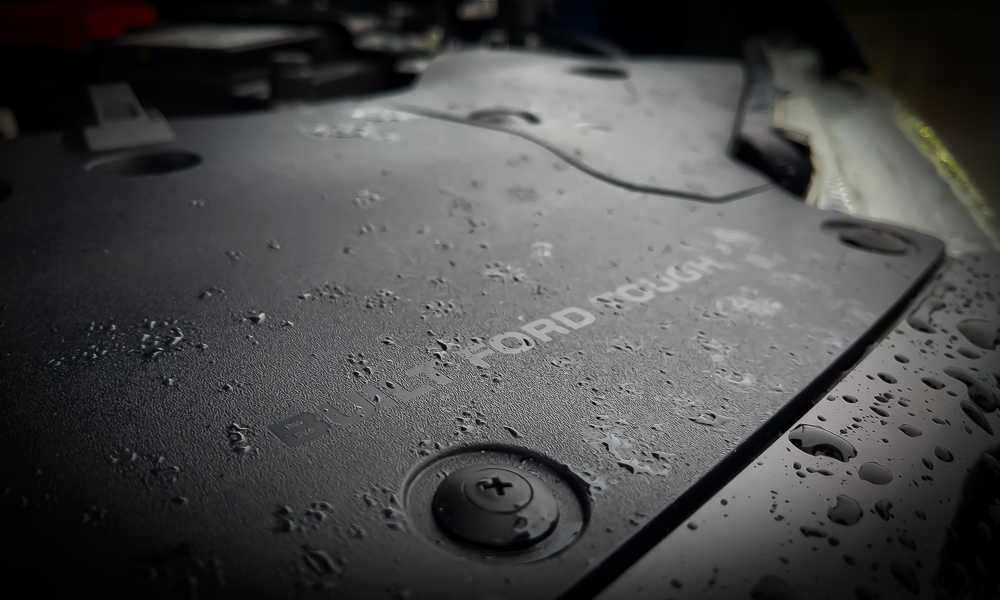
Gone is the gear-hunting spree of the 10-speed automatic before, and the transmission makes good use of the power and the torque across the rev range. You now get a reassuring drive, allowing you to pass other vehicles on the expressway with much more confidence. The engine-transmission combo is still frugal, doing 9km/L in really bad city traffic. Hit the open roads and 20km/L is easily achievable.
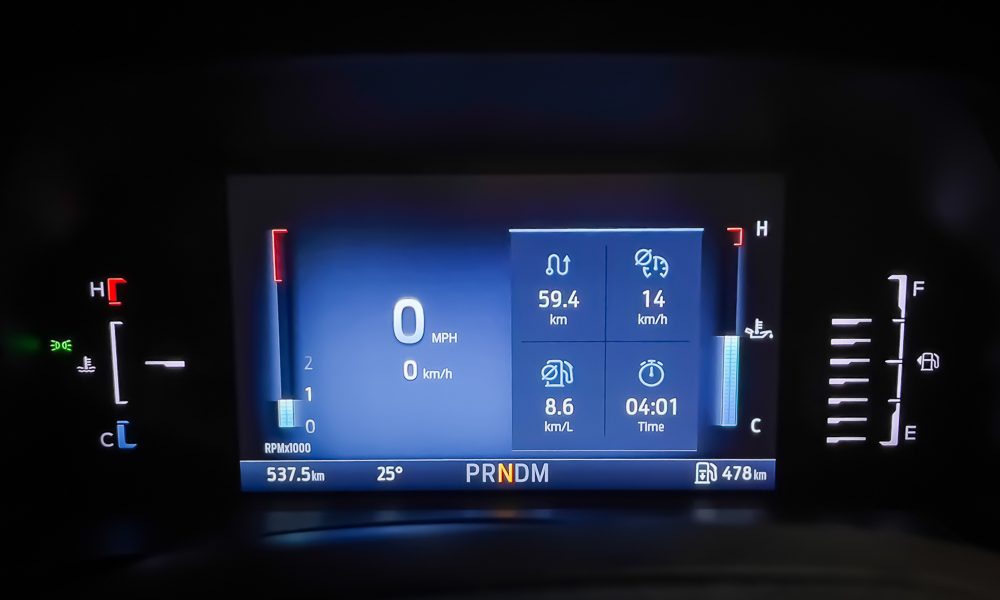
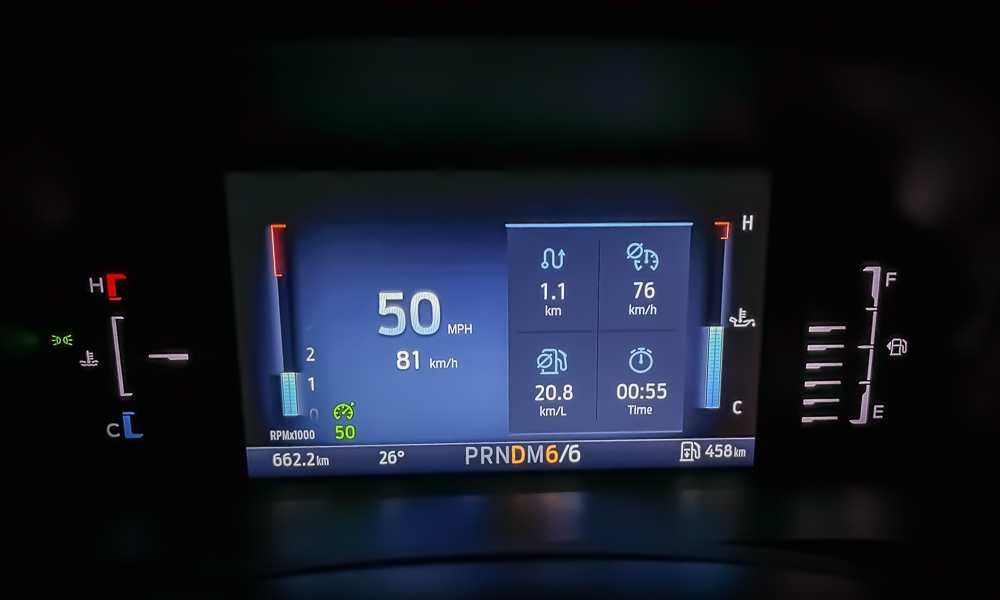
There are four driving modes to choose from. So, whether you’re dealing with slippery roads, planning on hauling heavy stuff, intending to be an eco-warrior, or just wishing for a normal drive, there’s a perfect throttle-and-transmission response mapping to use.
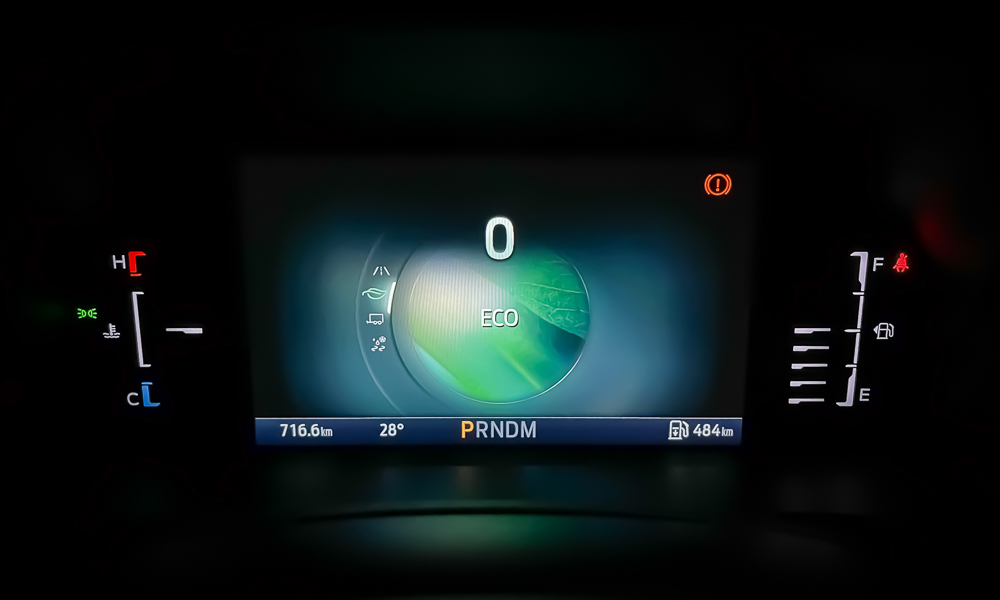
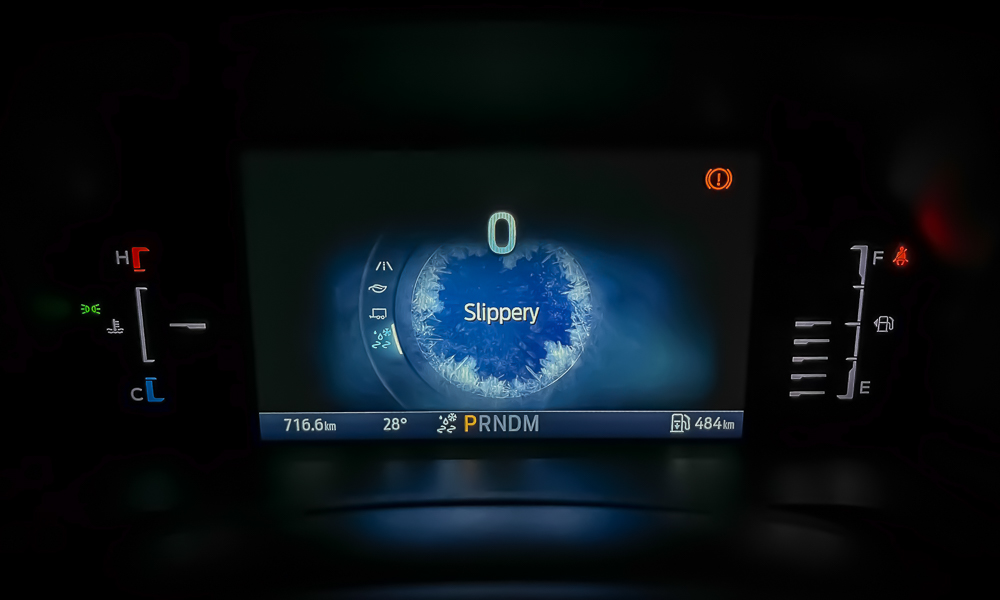
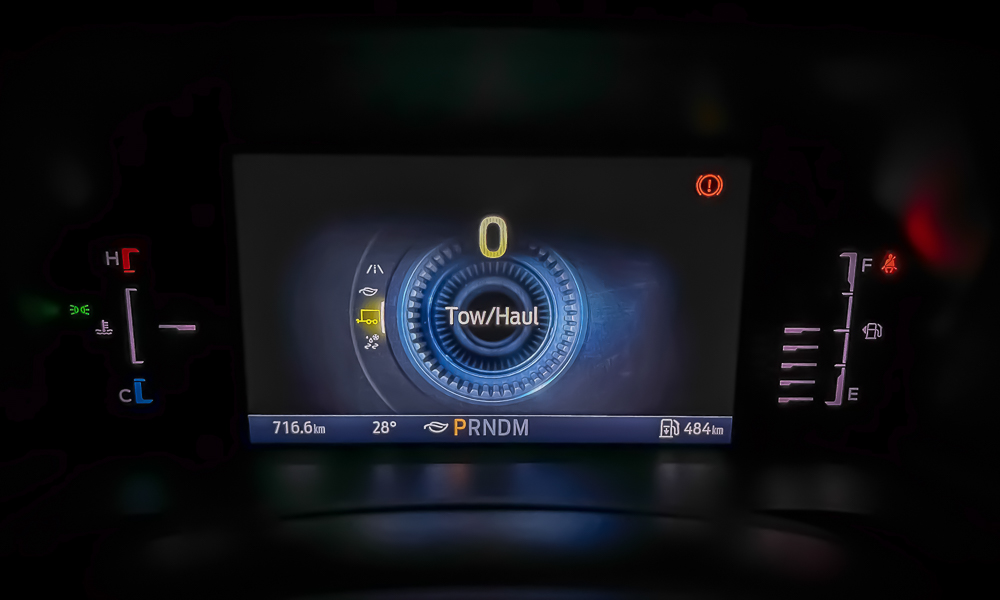
The light steering helps make this behemoth easier to maneuver even on the tightest roads or in cramped parking spaces. The suspension is on the stiff side, especially when unladen since this is still a pickup truck. But to be fair, the Ranger XLT offers a much more comfortable ride, compared to its leaf-sprung competitors.
Despite all my criticism, at P1,374,000, you’d have a hard time finding another truck as loaded as the Ranger XLT. By retaining the model’s well-loved features and making simple tweaks here and there, the new XLT is now way better, despite the minimal spec bump. If you want some of the Ranger’s niceties without looking too flashy, this variant continues to be a good choice and (again) still makes a lot of sense.
FORD RANGER XLT 4X2 (T6.2)
| Engine | 2.0-liter, four-cylinder turbodiesel |
| Transmission | 6-speed automatic |
| Power | 168hp @ 3,500rpm |
| Torque | 405Nm @ 1,750-2,500rpm |
| Dimensions | 5,370mm x 1,918mm x 1,884mm |
| Drive layout | RWD |
| Seating | 5 |
| Price | P1,374,000 |
| Upside | Looks and feels tough, yet still a very comfortable work truck. |
| Downside | The clear omission of some very useful features. |


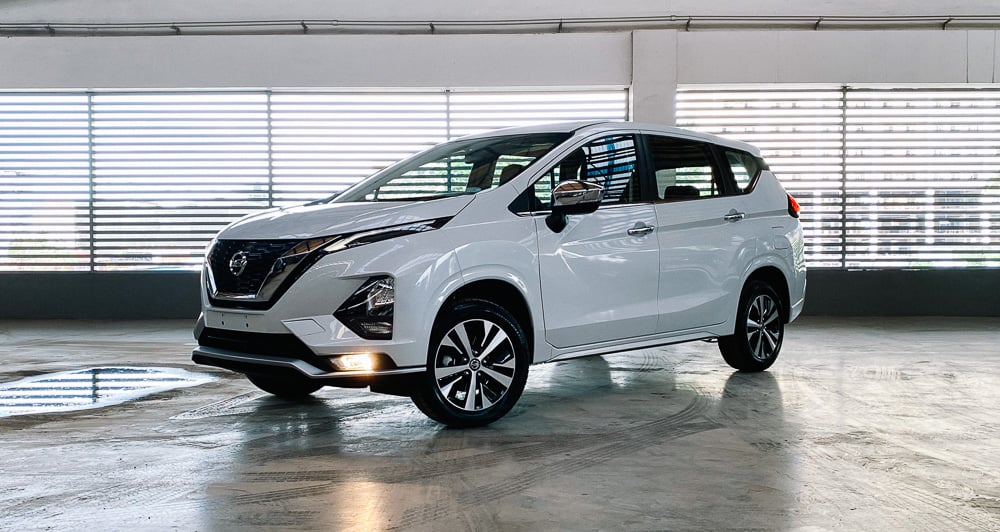
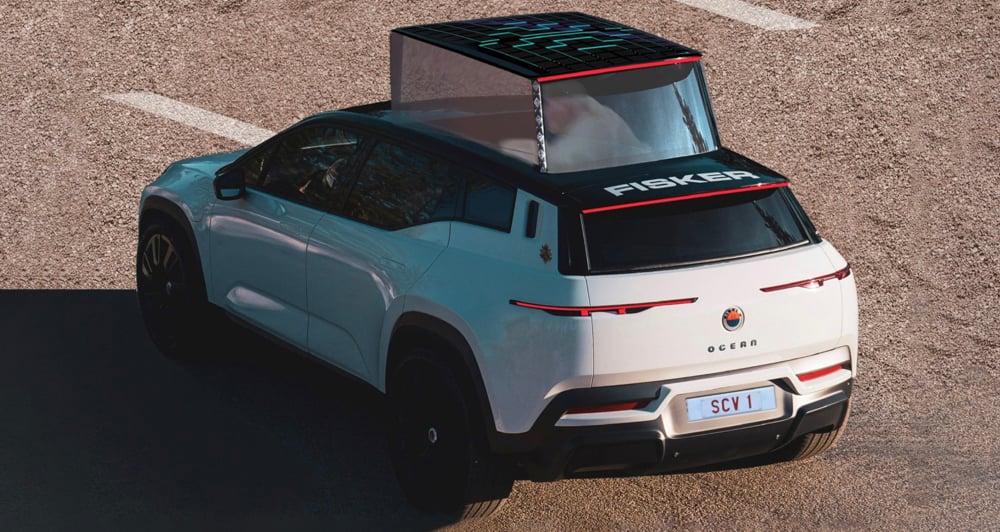
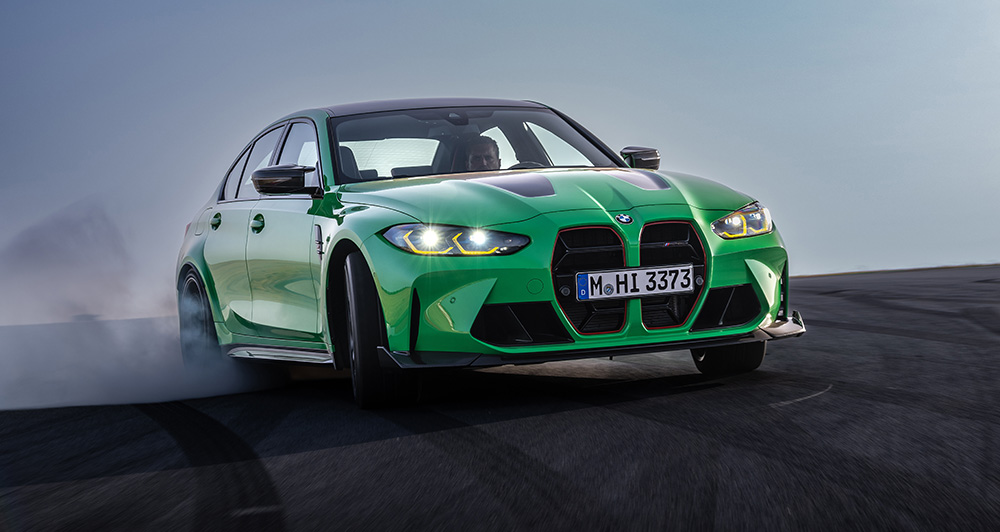
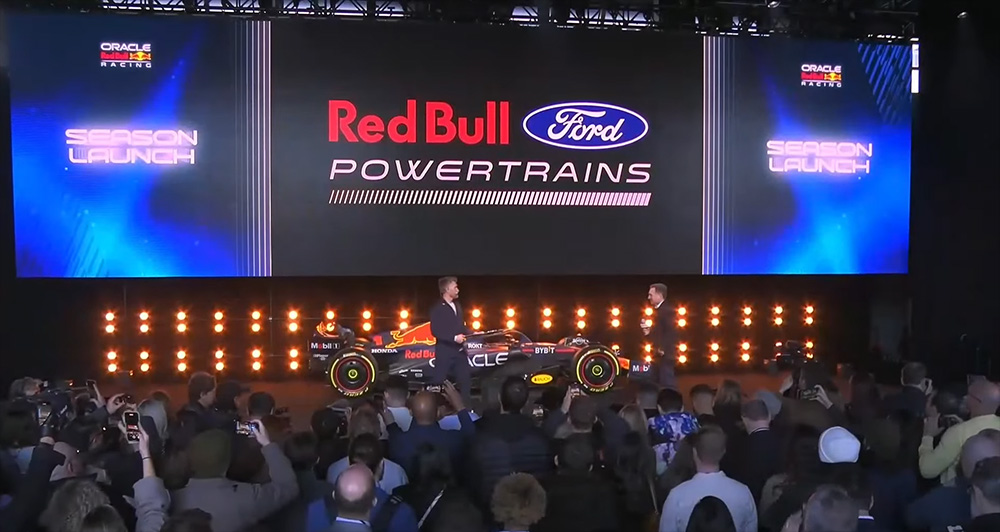
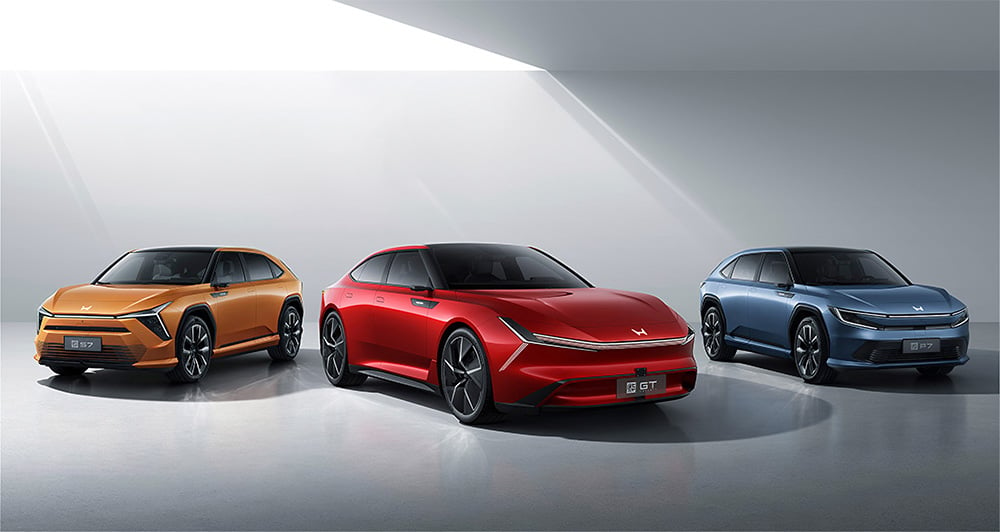
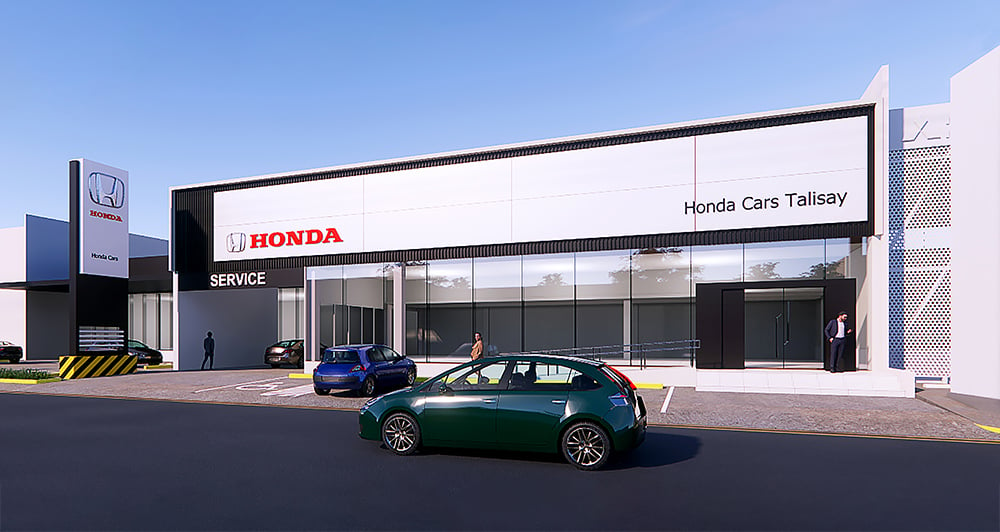
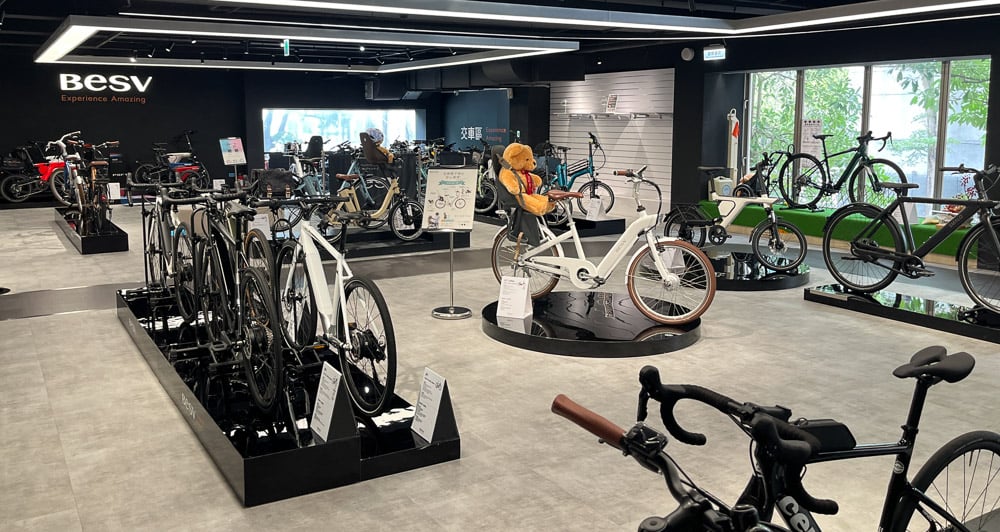
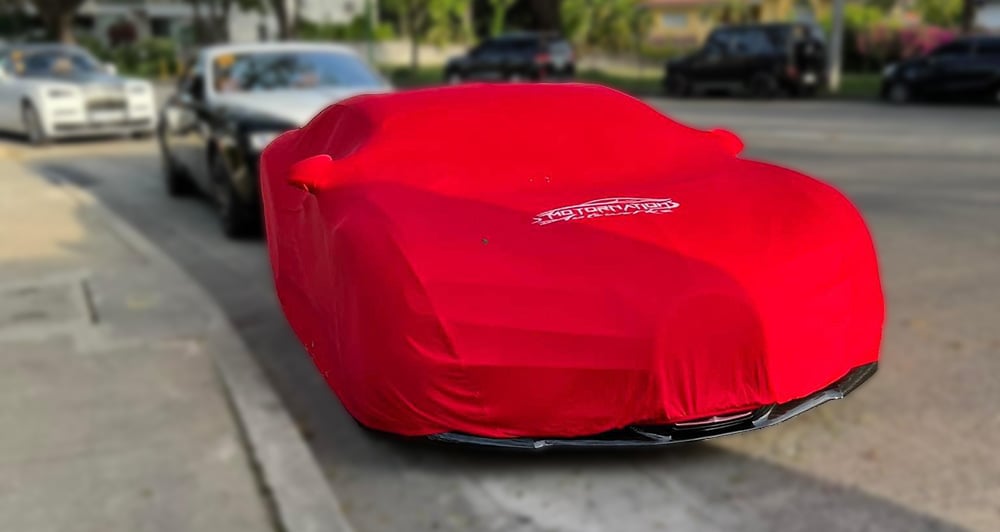
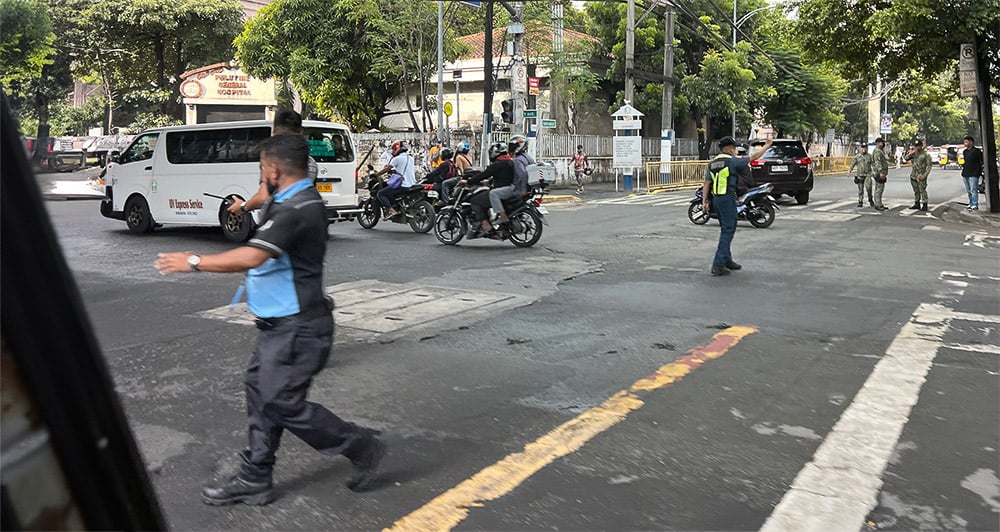
Comments